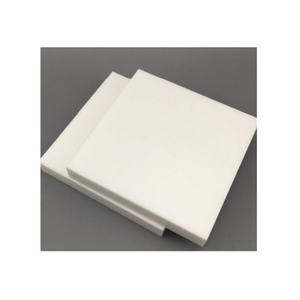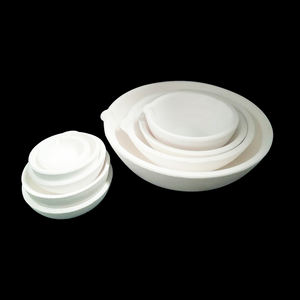Discover Premium Ceramic Products | Durability & Elegance United | Advanced Ceramics
PRODUCT PARAMETERS
Description
Introduction to Alumina Ceramics
Alumina ceramics are known for their high hardness, wear resistance, corrosion resistance, good electrical insulation and high temperature stability. According to the different alumina content, it can be divided into different grades, such as 95 porcelain, 99 porcelain, etc., among which 99 porcelain refers to ceramic materials with an alumina content of 99%. As the alumina content increases, its mechanical strength and electrical insulation properties will also increase accordingly.
Characteristics of Alumina Ceramics
High Hardness: Alumina ceramics have extremely high hardness, which makes it very wear-resistant and suitable for manufacturing abrasive tools and parts that require wear resistance.
Wear resistance: Due to its high hardness, alumina ceramics show excellent wear resistance and are suitable for manufacturing parts for long-term use.
Corrosion resistance: Alumina ceramics have good resistance to most acids and alkalis, making them widely used in the chemical industry.
Good electrical insulation: As an excellent electrical insulating material, alumina ceramics are widely used in electronic and electrical products.
High temperature stability: Ability to withstand extremely high temperatures without significant physical or chemical changes, which makes it an ideal choice for applications in high temperature environments.
Biocompatibility: In the medical field, certain grades of alumina ceramics are used to make medical devices such as artificial joints due to their good biocompatibility.

(Alumina Ceramic Tubes of Various Sizes)
Specifications of Alumina Ceramic Tubes of Various Sizes
Alumina ceramic tubes offer in high-temperature setups, harsh chemical atmospheres, and electric insulation applications. These tubes can be found in multiple sizes to fulfill different industrial demands. The outer size ranges from 2mm to 150mm. The internal diameter varies between 1mm and 130mm. Size alternatives period from 10mm to 1000mm. Custom measurements are readily available for customized tasks.
The material purity of these tubes is important. Standard options consist of 95%, 99%, and 99.5% alumina material. Greater pureness improves thermal security and electrical resistance. All qualities hold up against temperature levels approximately 1700 ° C. Lower-purity tubes are economical for much less demanding uses.
Mechanical toughness is a crucial attribute. Alumina tubes withstand wear, corrosion, and thermal shock. The solidity reaches 9 on the Mohs scale. This makes them ideal for rough problems. The flexing strength surpasses 300MPa. Surface area finishes can be brightened or left as-fired based upon application requirements.
Electrical insulation buildings are superb. Dielectric stamina varieties from 10kV/mm to 15kV/mm. This stops existing leak in high-voltage setups. The low thermal expansion coefficient makes sure dimensional security under quick temperature changes.
Tolerances are firmly regulated. Outer diameter precision stays within ± 0.5%. Wall surface thickness varies by much less than ± 1%. Straightness discrepancies are minimized to 0.1 mm per 100mm size. These specifications ensure dependable efficiency in precision equipment.
Applications cover multiple markets. Semiconductor production uses alumina tubes for wafer processing. Heating system systems rely on them for thermocouple defense. Chemical plants utilize the tubes in harsh liquid transfer. Aerospace and clinical devices take advantage of their light-weight longevity.
Surface area treatments are optional. Polishing enhances chemical resistance. Laser etching adds long-term identification marks. Threaded ends or flanges can be included for very easy setup. Testing consists of thickness checks, X-ray examination, and thermal biking trials.
Packaging alternatives protect against damage throughout delivery. Tubes are covered in foam or bubble movie. Wood pet crates secure bulk orders. In-depth spec sheets accompany each shipment. Technical support is offered material choice and design adjustments.
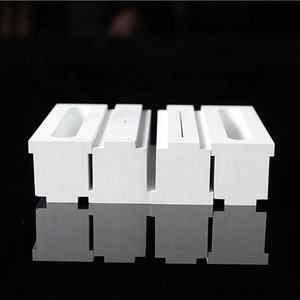
(Alumina Ceramic Tubes of Various Sizes)
Applications of Alumina Ceramic Tubes of Various Sizes
Alumina ceramic tubes are utilized in many markets because they deal with high temperatures, stand up to wear, and shield electrical energy. These tubes can be found in various sizes. Each size fits particular requirements. Tiny tubes work in electronics and laboratory devices. They secure sensing units and overview small components. Their smooth surface area stops contamination. This is important in semiconductor production.
Medium-sized tubes are common in commercial heating systems. They hold burner and guard thermocouples. Factories use them in furnaces for steel handling. The tubes remain steady at temperature levels over 1800 ° C. They do not split under rapid home heating or air conditioning. Energy plants utilize medium tubes to shield electrical parts. This avoids brief circuits in severe problems.
Large alumina ceramic tubes handle sturdy jobs. They line pipelines in chemical plants. The material resists acid and alkali rust. Mining devices uses large tubes to relocate rough materials. Their solidity minimizes wear. Aerospace applications consist of securing elements in rocket engines. Televisions survive extreme warmth and pressure. Clinical tools like imaging systems utilize big tubes for their non-reactive nature.
Custom-made dimensions are offered for unique tasks. Engineers change wall density and size. This makes certain televisions fit tight rooms or support extra weight. Customized tubes could have unique coatings. These layers enhance performance in vacuum cleaner atmospheres or radiation areas.
Alumina ceramic tubes are picked for their integrity. They last much longer than steel or plastic in difficult conditions. The material is economical gradually. Upkeep requirements are reduced. Industries favor these tubes to stay clear of frequent replacements.
The variety of dimensions indicates one product serves many duties. Tiny, medium, and large tubes adapt to different technical needs. Their homes make them important in electronic devices, power, aerospace, and extra. Customized choices increase their usage better.
Company Introduction
Advanced Ceramics founded on October 17, 2014, is a high-tech enterprise committed to the research and development, production, processing, sales and technical services of ceramic relative materials and products.. Since its establishment in 2014, the company has been committed to providing customers with the best products and services, and has become a leader in the industry through continuous technological innovation and strict quality management.
Our products includes but not limited to Silicon carbide ceramic products, Boron Carbide Ceramic Products, Boron Nitride Ceramic Products, Silicon Carbide Ceramic Products, Silicon Nitride Ceramic Products, Zirconium Dioxide Ceramic Products, Quartz Products, etc. Please feel free to contact us.(nanotrun@yahoo.com)
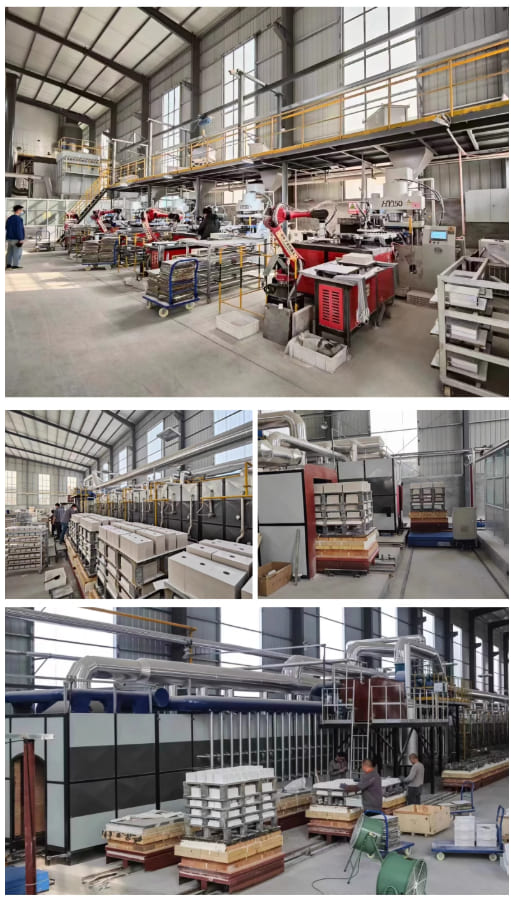
Payment Methods
T/T, Western Union, Paypal, Credit Card etc.
Shipment Methods
By air, by sea, by express, as customers request.
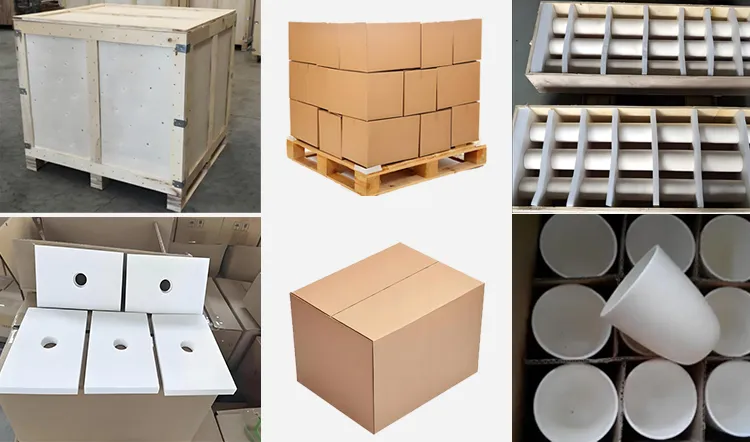
5 FAQs of Alumina Ceramic Tubes of Various Sizes
Alumina ceramic tubes are widely used in high-temperature and industrial settings. Here are five common questions about them.
What are alumina ceramic tubes made of? They consist mainly of aluminum oxide. This material gives them high hardness and resistance to wear. They withstand extreme temperatures and harsh chemicals. Their structure stays stable under stress. This makes them reliable for demanding applications.
Where are these tubes typically used? They appear in industries like metallurgy, electronics, and aerospace. Furnaces and kilns use them as protective sheaths for thermocouples. Laboratories apply them in sample analysis. Electronics manufacturers use them as insulators. Their durability suits environments with heat or corrosion.
What sizes are available? Sizes vary from millimeters to several inches in diameter. Lengths range from short segments to meters. Custom sizes are possible based on needs. Smaller tubes fit precision instruments. Larger ones handle industrial machinery. Proper sizing ensures optimal performance.
How hot can they resist? Most alumina tubes handle temperatures up to 1800°C. Exact limits depend on purity and manufacturing methods. High-purity alumina performs better under extreme heat. Thermal shock resistance prevents cracking during rapid temperature shifts. This stability is critical in processes like metal melting.
Can they be customized for specific needs? Yes. Manufacturers adjust dimensions, shapes, and surface finishes. Holes, grooves, or threads can be added. Material composition changes enhance properties like conductivity or insulation. Customization ensures compatibility with unique equipment or processes. Testing is often done to confirm performance.
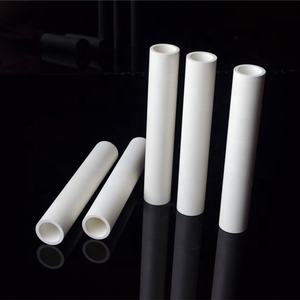
(Alumina Ceramic Tubes of Various Sizes)
REQUEST A QUOTE
RELATED PRODUCTS
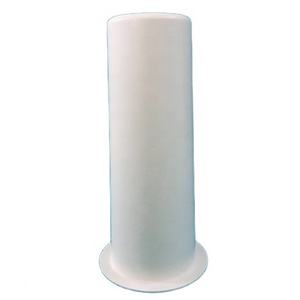
Aluminum Oxide Polished Ceramic Tubes, Shafts & Tubing
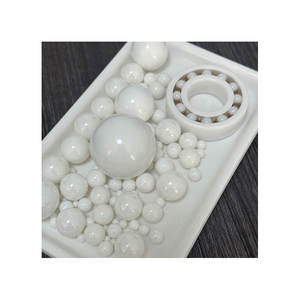
Excellent Performance Alumina Ceramic Customized Size Factory
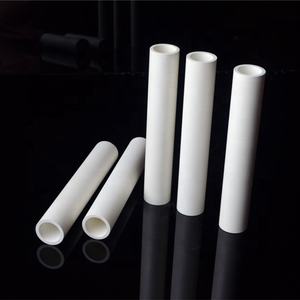
High Purity 99% Factory Customized Alumina Ceramic Insulation Tube Al2O3 High Temperature Resistance for Industrial Ceramic
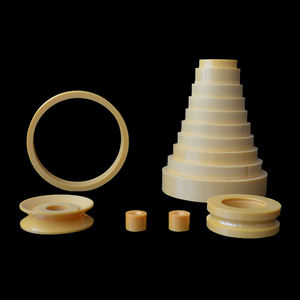
Electronic 96% 99.6% Aluminum Oxide Sheet Thin Thick Film Circuit Al2O3 Plate High Alumina Ceramic Substrate for Semiconductor
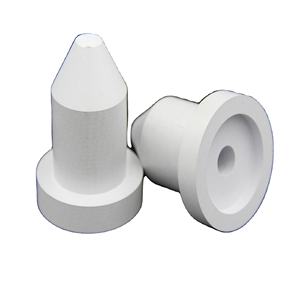
Ceramic Base Industrial Ceramics 95% Alumina Ceramic Part
